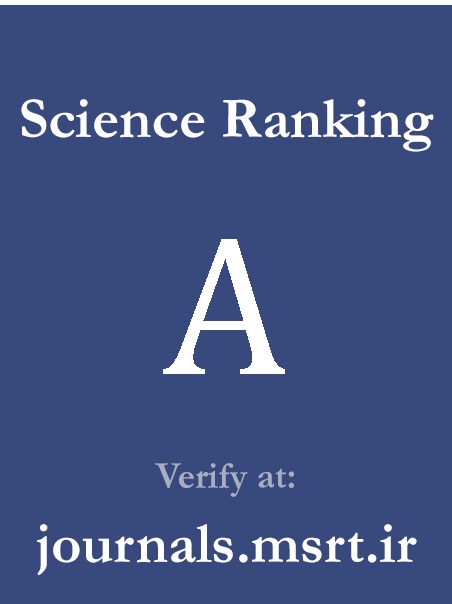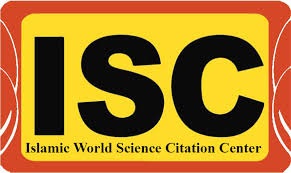Minnesota Multiphasic Personality Inventory Score in relapsed and non-relapsed addicted person
Keywords:
MMPI Relapsed addicted person Non, Relapsed addicted personAbstract
Introduction: Addiction is a physical and mental disease, causes various societal problems, including decline in public Health, mortality, social and domestic traumas, loss of educational and occupational opportunities in all aspects of life. This study aimed at comparing relapse of addiction in the personality characteristics of addicted individuals. The present study aims to examine the relationship between personality sketches with addiction relapse in addicted people. Materials and method: The research sample included addicted and former addicted person with addiction and no addiction relapse who referring to Raha Kish clinical center, Iran. Participants were selected using random sampling. The instrument was the Minnesota Multiphase Personality Inventory (MMPI). The hypotheses were tested using multiple analyses of variance, step by step differential analysis and between subjects effect test. Results: Results showed that there is a meaningful difference between addicted person who relapse and those who do not relapse. Also all clinical scale could predict personality sketch but 3 in those addicted who do not have relapse.Conclusion: Addicted person who do not have relapse outperform in personality sketch in compare with those addicted who have relapse because of lower personality trait.










